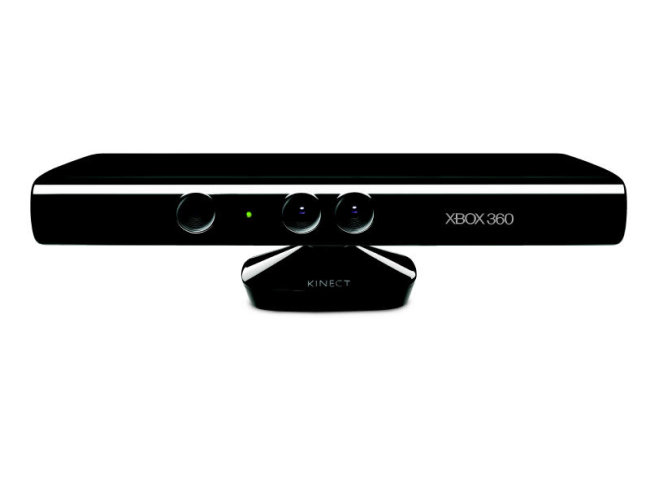Microsoft’s Kinect motion sensor system has not only turned video gaming on its head, but is on the cusp of bringing the activity of high street shopping directly to your PC or livingroom. And a Dublin start-up is spearheading this game-changing advance.
Picture the scene you are trying on the latest season’s designs from Burberry, Chanel, Tommy Hilfiger or Abercrombie & Fitch, moving deftly from outfit to outfit, fussing over colours, accessories, shoes, etc. But you are not physically in Macy’s in New York, Brown Thomas in Dublin or Harrod’s in London.
Instead, you are in your living room but confidently shopping via your Kinect motion sensing device.
That’s the next stage in the evolution of Kinect, and it’s a Dublin technology start-up called Von Bismark, a member of the NDRC’s LaunchPad programme, that is leading the charge.
During the month of December shoppers in Dublin’s Liffey got a taste of the future when Von Bismarck installed a Kinect-based virtual mirror entitled ‘Wardrobe’ that allowed consumers to try on digital handbags from retailers such as Next, Oasis, River Island, Wallis and Republic.
The Kinect system allowed shoppers to see what the bag looked like on them, take pictures they could share with their friends and ultimately directed them to where they could buy them.
According to Von Bismark funder Eoghan O’Sullivan the digital mirror recorded over 100,000 heads up impressions and 73 hours of one to one interactions with the brands’ handbags, not to mention 7,000 photos taken.
The start-up has received seed capital from LaunchPad and the Lucey Technology Fund and is in the process of raising a larger round to enable it to go international.
O’Sullivan believes the Kinect’s potential as an e-commerce platform is about to be explored.
“The Kinect has gone into the Guinness Book of Records as one of the fastest selling consumer electronics devices of all time and recently Microsoft CEO Steve Ballmer revealed that 18m of Kinects were sold in the last year.
“Kinect will be coming to Windows on 1 February and we will be among Microsoft’s launch partners for Europe,” O’Sullivan said.
Dressing rooms transported to people’s living rooms
O’Sullivan said the e-commerce and shopping potential of the Kinect will be a game-changer, particularly for the online fashion business.
“We think the Kinect does something practical, it puts the high street dressing room into people’s rooms. In 2011 some US$6bn worth of clothing was purchased online, ye there was a 30pc return rate because people couldn’t try the clothes on. The Kinect gives people a better idea of how something is going to look and emulates the entire experience of trying the clothes on in front of a mirror.”
O’Sullivan points out that the depth sensor on the Kinect device can read up to 48 skeletal points in a body which adds an element of accuracy, thus negating the likelihood of customers being disatisfid with their purchases.
“This is quintessentially the same technology that was used in Avatar for motion tracking, but consumers can access this within a US$150 piece of hardware.”
Among the various Irish outfitters that have come on board for Von Bismark’s launch is Louis Copeland.
Another market O’Sullivan is looking at the duty free market where the company’s virtual mirror can also be used to help sell fashion goods.
The next step in Von Bismark’s journey is to bring the technology to high street stores in London and develop relationships with major fashion brands who see merit in selling apparel online and capitalising on the Kinect’s technology.
“Our plan is to exploit this capability not only on the Xbox but on the PC too and help prominent brands and department stores create a truly innovative e-commerce channel and bring the fun and excitement of clothes shopping in the store right to the home or the office. A department store such as Brown Thomas for example, would have a certain amount of Burberry’s inventory in-store, but online they can bring the rest of the inventory in front of the customer,” O’Sullivan explained.
